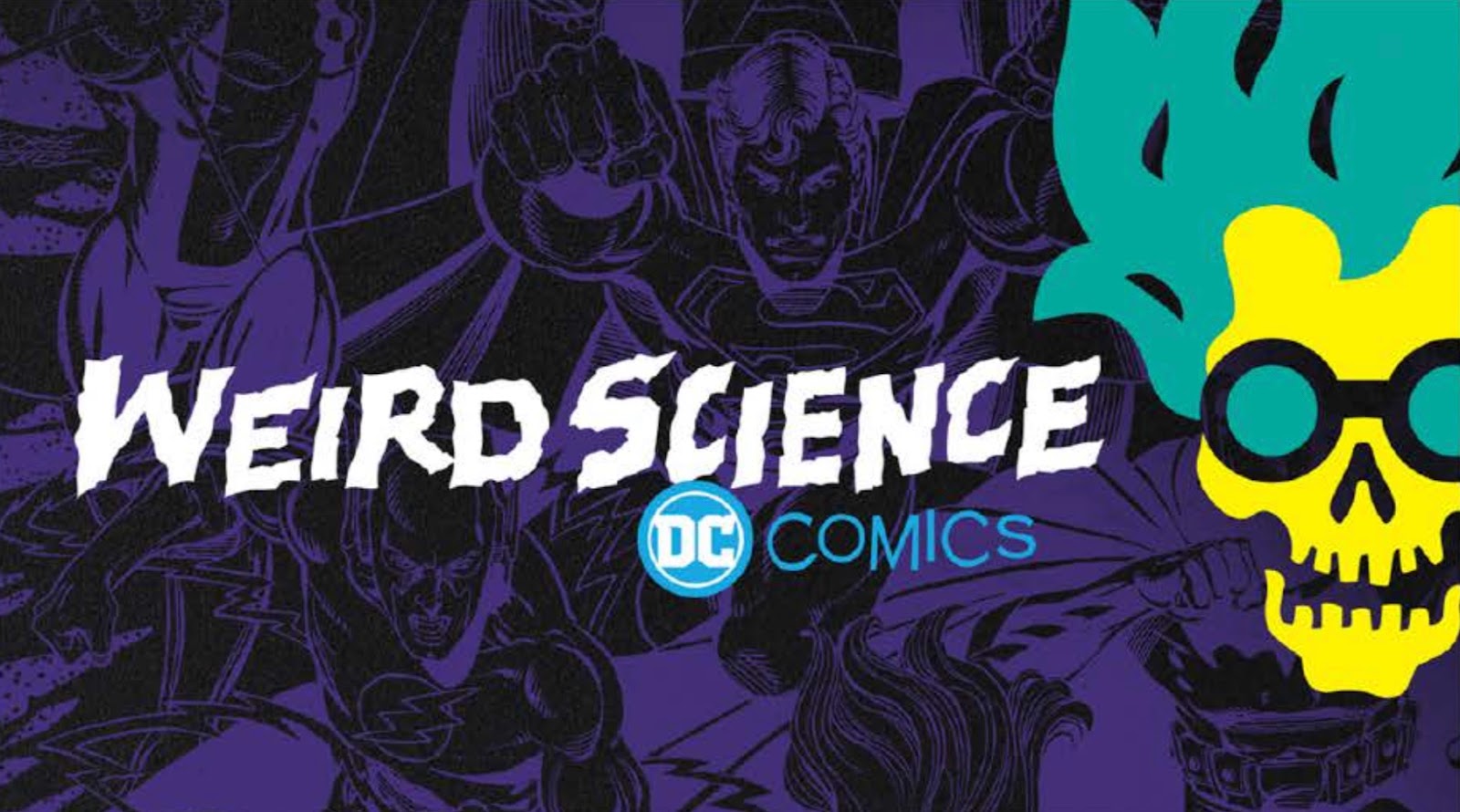That Original Coney Isle
Writer: Frank Tieri
Artists: Inaki Miranda, Moritat
Colors: Jeremiah Skipper
Letters: Dave Sharpe
Cover: Amanda Conner & Alex Sinclair
Cover Price: $2.99
On Sale Date: April 4, 2018
**NON SPOILERS AND SCORE AT THE
BOTTOM**
The end of “Angry Birds” happens here, and I can’t
deny that I’ve been looking forward to reading the end of this yarn! And for
once, I don’t mean that in a bad way! Check out my review of Harley Quinn #41, happening just below!
Explain
It!
Confession: I am a fan of Charlie Chan movies. To be fair, I haven’t watched one in many
years, but in my youth, local channel 55 WLIW would run Charlie Chan and Mr. Moto
movies late on Sundays, around midnight. Of course, part of my cackling glee
was derived from my privilege to scoff at racist stereotypes. But another thing
that tickled me about Charlie Chan,
and why I preferred those movies over the just-as-racist Mr. Moto flicks, is that Chan would always solve a mystery by
getting the guilty party to give themselves up in the last scene. There was no
way to detect who committed the murder or murders merely by watching the movie,
instead they would float three or four plausible candidates until everyone was
gathered in a room, and one person confessed. This would be precluded by a
babbling speech of phony Confucian wisdom—so we can say that, in this way,
Charles “solved” the mystery. But really, he played a few hunches broadly and
always came away the winner, despite the final moments of the perpetrator’s
freedom often involving his taking hostages or fleeing dangerously.
It’s cute in a shitty, racist old movie, but in Harley Quinn, it’s not so cute. We find
out here that Penguin’s motive all along has been to remake Coney Island in his
image, a classy respite akin to Gotham City’s Iceberg Lounge, and that he
employed Hugo Strange and False Face to get Harley out of the picture—in a
somewhat convoluted, but nonetheless effective way. I thought Penguin was
looking to take over New York City as a whole, or at least Brooklyn,
considering he owns that hipster superhero bar in Williamsburg. But no, it was
all about turning Coney into a luxury resort, which is something New York City
tried to do just before the housing bubble burst in 2008. But that’s a story
for another day. And probably another blog.
With Killer Croc on her side, it’s easy to oust the
Penguin and his cohorts, save for Condiment King, who is allowed to keep his
(admittedly superior) hot dogs for sale in lieu of Nateman’s. A scene where
everyone teams up to take down the Penguin is lessened by Poison Ivy taking out
his gigantic Emperor Penguins—now apparently having doubled in size from the
last time we saw them—with a tremendous daisy. No, you read that right. There’s
a few more dalliances with Batman’s rogues gallery, but Penguin is taken down
by Harley’s righteous rage, and it’s all settled over some hot dog’s down at
the Condiment King’s stand.
Sort of lackluster, even though there are a few
nice-looking spreads (to my glee, both prominently featuring Batzarro) of
brawling, and Moritat draws Harley and her Gang as a bunch of cutie patooties.
It feels like this story fell apart at the end, though I’m a little pressed to
define exactly how. It seems it was never well-presented from the beginning,
with Penguin’s motives expressed unclearly, the Ventriloquist’s and Scarface’s
roles being undefined, and some manufactured indignation by the Gang of Harleys
that served only to pad the issue out a little. There were some good scenes,
but overall I couldn’t tell you what the point of all of this might have been.
Bits and
Pieces:
An unsatisfying ending wraps up this muddled story arc, whose main result seems to be a changing of hot dog purveyors on Coney Island. The quips are still there, and might be worth a read for the Harley Quinn fanatic.
6/10
-->







No comments:
Post a Comment